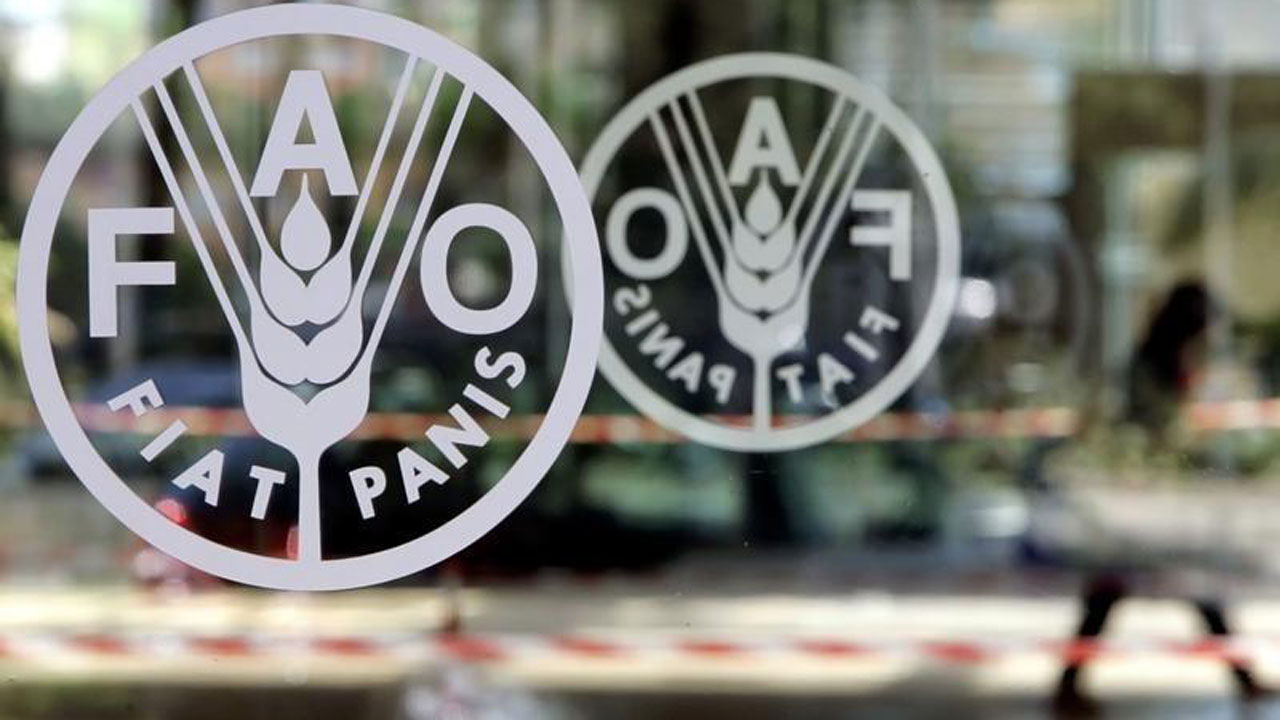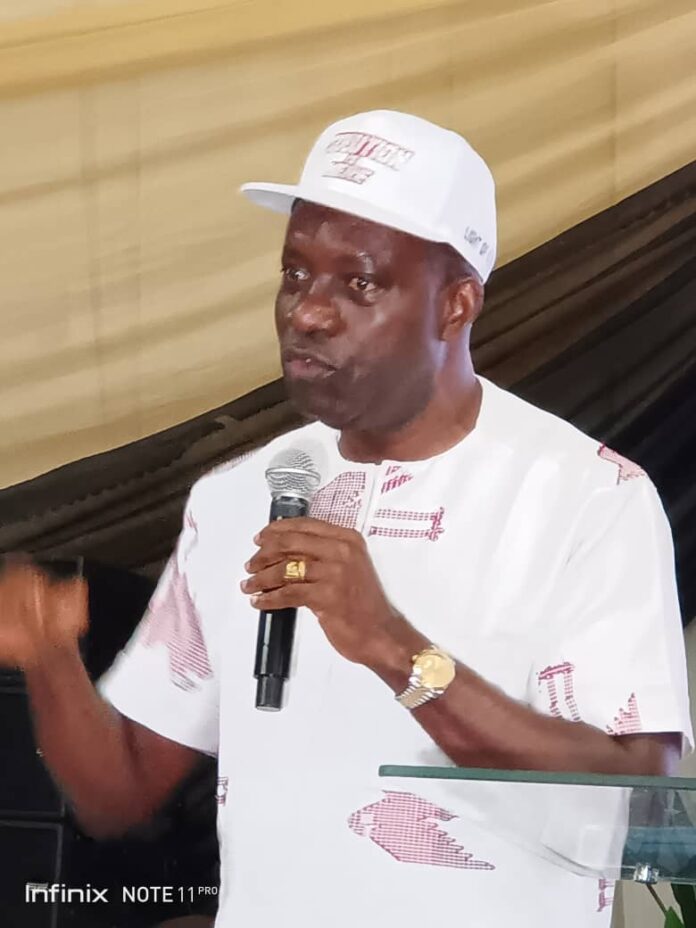Anambra State is among the beneficiaries of the €48 million budgeted for 12 participating countries in the Fish for Africa, Caribbean and Pacific (FISH4ACP) programme by the Food and Agricultural Organisation of the United Nations (FAO-UN), ANAMBRA PEOPLE reports.
Managing Director, Fisheries and Aquaculture Business Development Agency (FABDA), Anambra State, Emeka Iloghalu, said this in a report to stakeholders of the fisheries and aquaculture value chain in the state.
The report, made available to newsmen yesterday in Awka, entitled, ‘Report of the Anambra State Fisheries and Aquaculture Business Development Agency (FABDA),’ stated, among others, that “In the last quarter of 2021, FABDA hosted the Food and Agricultural Organization of the United Nations (FAO-UN) delegation to Nigeria for a full week in Anambra State, … that the state would benefit from the €48 million for 12 participating countries in the Fish for Africa, Caribbean and Pacific (FISH4ACP) programme.
“The delegates proposed that other states should consider adopting the Anambra State model for effective and efficient development. The delegates further assured that Anambra State would benefit from the €48 million mapped out for the 12 participating ACP countries in the FISH4ACP.
“FISH4ACP is implemented by FAO and partners with funding from the European Union (EU) and the German Federal Ministry for Economic Cooperation and Development (BMZ).
“The Fish Production Village Project, conceived, designed and structured by FABDA for Anambra Youth and Women development, is meant to generate over 450,000kg of table fish monthly. It is funded from the N1.5 billion CBN AADS loan.
“The natural ponds in the state will exponentially increase the volume of fish production in the riverine areas of the state once they are managed professionally … that coastal communities, particularly in Anambra East and West communities, Ogbaru, Okija and Oba Ofemmili, generate much fish and other freshwater foods consumed within the state and beyond.
“Our informal survey on these coastal communities points to well over 700 natural ponds and lakes.”






